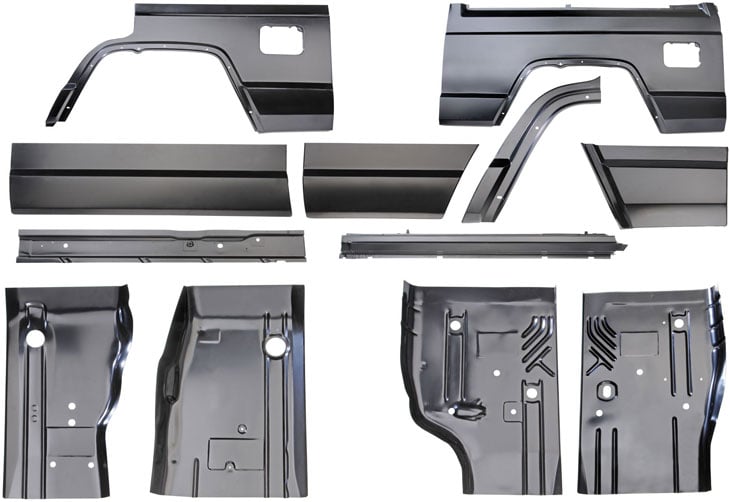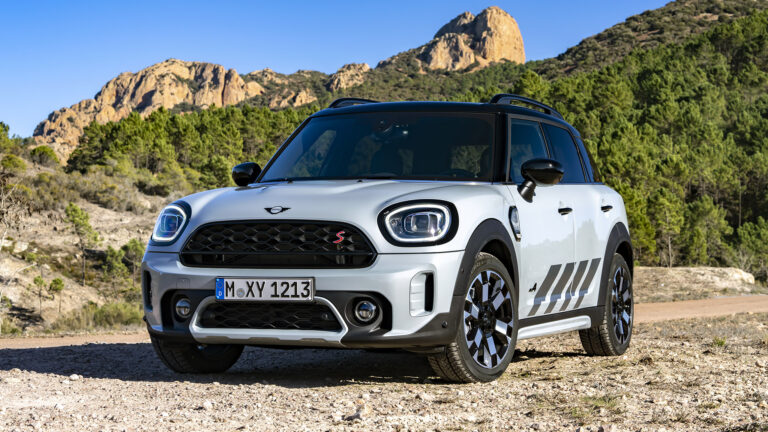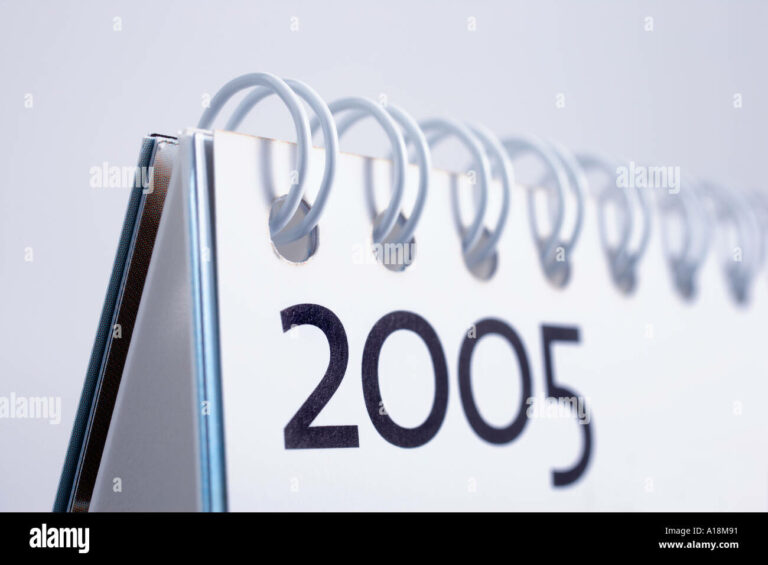2014 Jeep Cherokee Rims For Sale: A Comprehensive Buyer’s Guide
2014 Jeep Cherokee Rims For Sale: A Comprehensive Buyer’s Guide jeeps.truckstrend.com
The 2014 Jeep Cherokee marked a significant redesign for the iconic SUV, blending rugged capability with modern aesthetics. A crucial component contributing to both its visual appeal and performance are its rims, also known as wheels. Whether you’re looking to replace a damaged wheel, upgrade your vehicle’s look, or prepare for seasonal tire changes, navigating the market for "2014 Jeep Cherokee Rims For Sale" requires a detailed understanding of your options, compatibility, and what to look for. This comprehensive guide aims to equip you with all the knowledge needed to make an informed and satisfying purchase.
Understanding Your 2014 Jeep Cherokee Rims
2014 Jeep Cherokee Rims For Sale: A Comprehensive Buyer’s Guide
Before diving into the market, it’s essential to understand the fundamental specifications of your 2014 Jeep Cherokee’s original equipment manufacturer (OEM) rims. This knowledge is your first line of defense against incompatible purchases.
The 2014 Jeep Cherokee, across its various trim levels, primarily utilized a specific set of wheel specifications:
- Bolt Pattern: The most critical specification is the bolt pattern, which for the 2014 Jeep Cherokee is 5x110mm. This means there are five lug nut holes, and the circle they form has a diameter of 110 millimeters. Deviating from this will result in an incompatible fit.
- Diameter: Stock rim diameters typically ranged from 17 inches to 19 inches.
- 17-inch rims: Often found on Sport and Latitude trims, offering a comfortable ride and good off-road tire options.
- 18-inch rims: Common on Limited and Latitude trims, providing a balance of aesthetics and ride comfort.
- 19-inch rims: Predominantly on Limited and some Latitude trims, enhancing the vehicle’s road presence.

- Width: The common rim width for these diameters is typically 7 inches.
- Offset: This measures how far the wheel’s mounting surface is from the centerline of the wheel. A positive offset means the mounting surface is towards the front of the wheel. For the 2014 Cherokee, OEM offsets typically range from +38mm to +40mm. Getting this wrong can lead to rubbing issues or the wheels sticking out too far.
- Center Bore: This is the hole in the center of the wheel that fits over the hub of the vehicle. For the 2014 Jeep Cherokee, the center bore is 65.1mm. Wheels with a larger center bore can be used with hub-centric rings to ensure a snug fit, but a smaller bore will prevent installation.

Different trim levels (Sport, Latitude, Limited, Trailhawk) often came with distinct rim designs and finishes, though they adhered to the same core specifications. The Trailhawk, for instance, often featured a unique 17-inch rim designed for off-road durability.
Rims are generally made from two primary materials:
- Alloy (Aluminum Alloy): Lighter, better heat dissipation, more aesthetic variety, but can be more prone to bending or cracking on severe impacts. Most 2014 Cherokees came with alloy wheels.
- Steel: Heavier, more durable, less expensive, but typically less attractive. Sometimes used for base models or winter wheel sets.

Why Buy New Rims for Your 2014 Jeep Cherokee?
There are several compelling reasons why you might be searching for new or replacement rims for your 2014 Jeep Cherokee:
- Damage Replacement: This is perhaps the most common reason. Potholes, curb rash, accidents, or even corrosion can severely damage a rim, compromising its structural integrity and safety. A bent or cracked rim can lead to tire leaks, vibrations, and uneven tire wear.
- Aesthetic Upgrade: Rims significantly impact a vehicle’s overall look. Upgrading to a different style, finish (e.g., black, chrome, machined), or even a slightly larger diameter (within safe limits) can dramatically enhance your Cherokee’s curb appeal and personalize it to your taste.
- Performance Enhancement: Lighter aftermarket alloy rims can reduce unsprung weight, potentially leading to improved handling, better acceleration, and even marginal gains in fuel efficiency. Wider rims (if compatible) can accommodate wider tires for increased grip and stability.
- Winter/Summer Sets: Many owners choose to have dedicated sets of rims for their winter and summer tires. This protects your primary rims from harsh winter conditions (salt, ice) and makes seasonal tire changes quicker and often cheaper, as tires don’t need to be mounted and dismounted from the same rims each time. Steel rims are a popular choice for winter sets due to their durability and lower cost.
- Tire Compatibility: If you’re looking to install a different size or type of tire (e.g., aggressive off-road tires), you might need rims that better accommodate their specifications.
Where to Find 2014 Jeep Cherokee Rims For Sale
The market for rims is vast, offering both new and used options from various sources.
New Rims:
- Authorized Jeep Dealerships: They offer genuine OEM rims, guaranteeing a perfect fit and factory quality. However, they are typically the most expensive option.
- Aftermarket Retailers: Companies like Tire Rack, Discount Tire, and online specialists (e.g., "Wheels.com", "CustomWheels.com") offer a massive selection of aftermarket rims designed to fit your Cherokee. These can range from budget-friendly options to high-performance, premium brands. They often have configurators that help ensure compatibility.
- Online Marketplaces (New): Amazon, eBay, and dedicated automotive parts websites (e.g., PartsGeek, RockAuto) can carry new OEM or aftermarket rims. Always verify the seller’s reputation and return policy.
Used Rims:
- Local Classifieds & Online Marketplaces (Used): Websites like Craigslist, Facebook Marketplace, and local buy-and-sell groups are excellent for finding used rims. You can often find full sets, sometimes even with tires, at significant discounts. Crucially, inspect these in person.
- Salvage Yards/Junkyards: These are goldmines for individual replacement rims, especially if you only need one to match an existing set. Prices are usually very low, but condition can vary widely.
- Online Forums & Social Media Groups: Jeep-specific forums (e.g., JeepCherokeeForum.com) and Facebook groups dedicated to Jeep owners or parts often have members selling their old rims after an upgrade. This can be a good source for well-maintained used OEM wheels.
- Local Tire Shops: Some tire shops might have used rims from trade-ins or from customers who upgraded. It’s worth asking around.
Key Considerations Before Purchasing
Making an informed decision goes beyond just finding a good price. Here’s what to meticulously check before handing over your money:
- Compatibility is Paramount: Reiterate the importance of 5x110mm bolt pattern, correct diameter, width, offset, and center bore (65.1mm). Use online fitment guides, cross-reference with your vehicle’s manual, or consult a professional if unsure. A mismatched rim is useless.
- Condition (for Used Rims):
- Cracks: Absolutely avoid any rim with a crack, no matter how small. This is a safety hazard.
- Bends/Dents: Inspect the inner and outer lips for bends or flat spots. Even slight bends can cause vibrations and tire issues. A tire shop can put a rim on a balancing machine to check for runout.
- Curb Rash/Scratches: Minor cosmetic damage might be acceptable, especially if you plan to refinish them, but factor it into the price.
- Corrosion/Pitting: Excessive corrosion, especially around the bead seat, can lead to air leaks.
- Repairs: Ask if the rim has ever been repaired (welded, straightened). While some repairs are professionally done, a poorly repaired rim can be dangerous.
- Material: Decide between alloy and steel based on your priorities (weight, aesthetics, durability, cost).
- Style and Finish: Choose a style that complements your Cherokee and a finish that you like and can maintain (e.g., black, machined, chrome, polished).
- Budget: Set a realistic budget. New OEM rims will be the most expensive, followed by new aftermarket, then used. Remember to factor in potential shipping costs, installation, balancing, and TPMS sensors.
- TPMS Sensors: The 2014 Jeep Cherokee uses Tire Pressure Monitoring System (TPMS) sensors.
- New Rims: Most new aftermarket rims do not come with TPMS sensors. You’ll need to transfer your existing ones or purchase new ones (which will need to be programmed to your vehicle).
- Used Rims: If buying used rims, ask if the sensors are included. Even if they are, they might be dead or incompatible and may need replacement.
- Lug Nuts: Verify if the rims come with compatible lug nuts. Aftermarket rims often require different lug nuts than OEM ones, particularly concerning the seat type (conical, spherical, flat).
Installation and Maintenance Tips
- Professional Installation: While possible to DIY, professional installation at a reputable tire shop is highly recommended. They have the right equipment for mounting tires, balancing wheels, and correctly torquing lug nuts.
- Torque Specifications: Ensure lug nuts are tightened to the manufacturer’s specified torque. Overtightening can warp rotors or damage studs, while undertightening can cause wheels to come loose.
- Regular Cleaning: Clean your rims regularly to remove brake dust, road salt, and grime. This prevents corrosion and maintains their appearance. Use wheel-specific cleaners and soft brushes.
- Balancing and Alignment: Have your wheels balanced every time new tires are mounted, or if you notice vibrations. Regular wheel alignment is also crucial for even tire wear and proper handling.
- Tire Pressure Monitoring: Always ensure your TPMS is functioning correctly. Proper tire pressure is vital for safety, fuel efficiency, and tire longevity.
Potential Challenges and Solutions
- Finding the Right Fit: The sheer number of options can be overwhelming. Solution: Stick to reputable sellers who offer fitment guarantees, use online configurators, and double-check all specifications against your vehicle’s requirements. Don’t hesitate to call a local tire shop for advice.
- Counterfeit Rims: Especially with popular designs, counterfeit rims exist that might be poorly manufactured and unsafe. Solution: Buy from authorized dealers or well-known aftermarket brands. Be wary of prices that seem too good to be true.
- Hidden Damage (Used Rims): What looks good in a picture might hide a bend. Solution: Always inspect used rims in person. If not possible, request detailed photos and videos, and consider asking the seller to have them spin-checked at a local tire shop before shipping.
- Shipping Costs: Rims are bulky and heavy, leading to high shipping costs. Solution: Factor shipping into your total budget. Look for local pickup options or sellers who offer free/discounted shipping.
- TPMS Issues: Sensors might not be included, or old ones might fail. Solution: Budget for new TPMS sensors and their programming. Many tire shops can handle this during installation.
Practical Advice and Actionable Insights
- Prioritize Safety: Never compromise on wheel integrity for a lower price. A damaged or incompatible rim is a serious safety hazard.
- Do Your Homework: Thorough research into compatibility and condition will save you time, money, and headaches in the long run.
- Consider the Full Cost: Remember to factor in not just the rim price, but also shipping, mounting, balancing, new lug nuts, and potentially new TPMS sensors.
- Document Everything: If buying used, take photos of the rims before and after purchase, and keep communication records.
- Consult Experts: When in doubt, consult a professional at a reputable tire or wheel shop. Their expertise is invaluable.
2014 Jeep Cherokee Rims For Sale – Price Guide (Estimated Per Rim)
This table provides a general price range for individual rims, excluding shipping, mounting, balancing, or TPMS sensors. Prices can vary significantly based on brand, condition, location, and market demand.
| Category | Diameter | Condition/Type | Estimated Price Per Rim (USD) | Notes |
|---|---|---|---|---|
| New OEM | 17"-19" | Genuine Factory | $300 – $600+ | Exact match, highest quality, typically includes center cap. |
| New Aftermarket | 17"-19" | Alloy | $100 – $400+ | Wide range of styles, brands, and quality. Check warranty. |
| Used OEM | 17"-19" | Excellent (Like New) | $150 – $300 | Minimal to no cosmetic flaws, structurally sound. |
| Used OEM | 17"-19" | Good (Minor Flaws) | $75 – $175 | Some curb rash, light scratches, but no bends/cracks. |
| Used Aftermarket | 17"-19" | Varies | $50 – $250 | Highly variable based on brand, condition, and original price. |
| New Steel (Winter) | 17" | Standard | $50 – $100 | Durable, often used for winter tire sets, basic appearance. |
| Used Steel (Winter) | 17" | Varies | $25 – $75 | Very budget-friendly, common for dedicated winter setups. |
Note: Prices are estimates and can fluctuate. Always confirm with the seller. A full set of 4 rims will typically be 4x the per-rim price, though sometimes discounts are offered for sets.
Frequently Asked Questions (FAQ)
Q1: What is the exact bolt pattern for a 2014 Jeep Cherokee?
A1: The bolt pattern is 5x110mm. This is crucial for compatibility.
Q2: Can I put larger or smaller rims on my 2014 Cherokee than the stock size?
A2: Yes, within reason. You can typically go one size up or down (e.g., from 18" to 19" or 17") as long as the overall tire diameter remains close to OEM specifications to avoid rubbing and speedometer errors. Always consult a tire professional for safe upsizing/downsizng.
Q3: Do rims usually come with TPMS sensors?
A3: Generally, no. Most new aftermarket rims do not include TPMS sensors. If buying used, check with the seller, but even if included, they may be dead or incompatible with your vehicle and require replacement.
Q4: How can I tell if a used rim is bent or cracked?
A4: Visually inspect the inner and outer edges for any flat spots, ripples, or cracks, especially around the lug holes. Run your hand along the edges to feel for irregularities. The best way is to have a tire shop spin it on a balancing machine to check for runout (wobble).
Q5: What’s the difference between offset and backspacing?
A5: Offset is the distance from the wheel’s mounting surface to its centerline. Backspacing is the distance from the mounting surface to the wheel’s inner edge. Both measurements indicate how far the wheel will sit in or out of the wheel well. Getting these wrong can cause rubbing on suspension components or fender flares.
Q6: Should I buy alloy or steel rims for my 2014 Jeep Cherokee?
A6: Alloy rims are lighter, improve aesthetics, and dissipate heat better. Steel rims are heavier, more durable, and typically much cheaper. For everyday driving and aesthetics, alloy is preferred. For dedicated winter use or heavy off-roading where impact is likely, steel can be a more practical and cost-effective choice.
Concluding Summary
Finding the right "2014 Jeep Cherokee Rims For Sale" is an investment that impacts your vehicle’s safety, performance, and appearance. By thoroughly understanding your vehicle’s specifications, knowing where to look, and meticulously checking the condition and compatibility of any potential purchase, you can navigate the market with confidence. Whether you’re replacing a damaged wheel, enhancing your Cherokee’s aesthetics, or preparing for seasonal changes, an informed decision ensures you get the right rims that will serve your Jeep reliably for years to come, enhancing both your driving experience and the value of your vehicle.





